
To buy or not to buy? That is a question every house hunter ponders. As people work with their real estate agents, they wonder if they have found a real estate steal or a money pit. How can you really be sure?
Ask an architect.
Consider inviting an architect to tour the property with you before you proceed with an offer. An architect can provide an unbiased perspective about the state of the property as well as future possibilities. Wouldn’t it be valuable to understand potential design options and costs before you buy? Architects don’t have a stake in the final deal, so they will tell you the good, the bad, and the ugly.
Some potential buyers have remodeling visions and ideas right from the start, and some do not. At Christie Architecture, we can help determine if great ideas can be made a reality or help provide the vision needed to see the potential of a property. There are numerous ways we can support your buying process, from touring potential sites and homes with you and discussing the feasibility of construction or remodeling projects to sketching design options before you buy and discussing construction costs. When we have the opportunity to work with home buyers, here are some of the things we look for and discuss as well as a few tips as you do your homebuying research.
Gather the property facts.
As people embark on the home-buying process there is a lot of online research happening. You are surfing sites and scanning listings night and day. For those in the Portland area, PortlandMaps is a good starting point. It is a great place to gather basic information about a property and home. However, homeowners and realtors often believe this to be up-to-date information. Be aware that the details are not always 100% accurate, so collect your data but proceed with caution. This goes for other municipal data portals as well. Research is important but understand there may be a few surprises when you arrive on site.

Codes & Zoning… rules, rules and more rules.
Whether you are looking at a piece of property to build on or are interested in tackling remodeling projects, keep in mind there are a lot of rules to take into consideration. As architects, it is our job to dig deep into the codes, zoning, and other rules and restrictions. For example, Title 33 Planning and Zoning, the City of PDX zoning code, is REALLY detailed and involved. It’s over 1,800 pages long. You need familiarity with this in order to decipher it. That is our job.
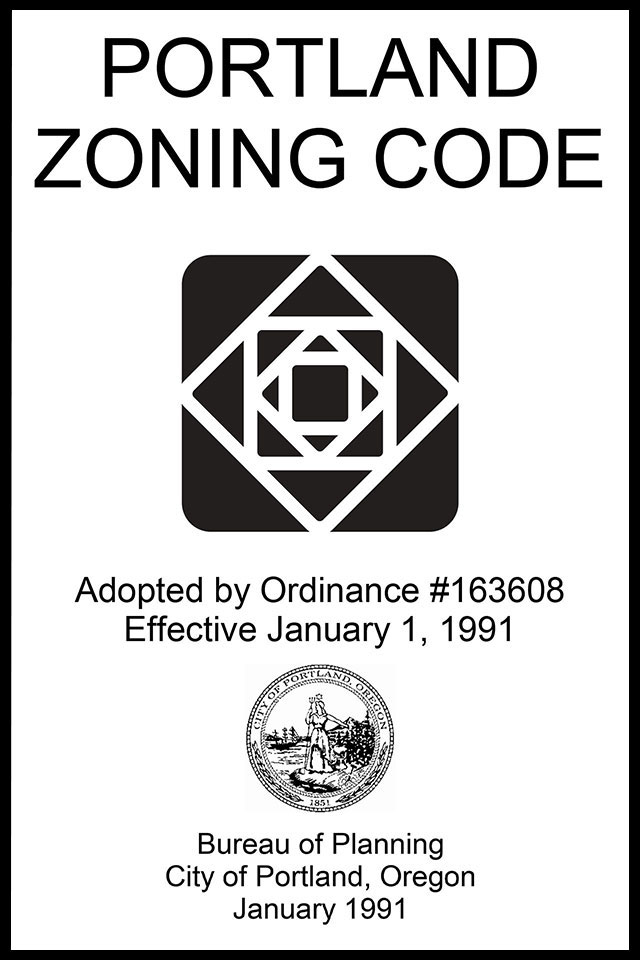
Christie Architecture is licensed in Oregon, Washington, and California and can work in any jurisdiction. This means we can help you navigate the codes and zoning issues in these areas and understand the implications on your future plans. We can even complete a zoning analysis or zoning studies if needed.
Part of the home-buying process typically includes a home inspection, but the intent is for home inspectors to confirm what is and what is not “up to code” for final negotiation purposes. However, just because a property is up to code doesn’t mean it is a smart investment. As architects offering a third-party perspective, we can point out things that aren’t necessarily on the home inspection list.
Don’t worry, codes and restrictions may pose challenges, but they often inspire some of the most creative solutions. We know when to tell you to walk away from a property due to these challenges or get excited with you to dig in and create something beyond your expectations.
Run away or act fast?
Your agent is helping you try to find the perfect home, but while they have your best interest in mind, they do want to sell you a house. And many have a long list of resources of people who can help you with every possible need—carpenters, plumbers, electricians, and the list goes on and on.
However, including an architect in the home-buying process can give you the bigger picture of the investment. This includes an understanding of the bones of the home as well as the financial implications. Good bones for us mean a house with a logical layout or at least enough space to rework things to achieve a good layout. Good bones = potential.
We can also tell if a house was originally designed by an architect, and that is definitely a check in the buying pro column. The layout and details are more thoughtfully considered than homes designed by homeowners or most developers.
Good bones or not, sometimes the location of the house is so ideal you can’t pass it up. In these cases, tearing down an old home and starting “almost” from scratch may be the right answer. Believe it or not, we have taken residences down to the foundation and built them back up again. Check out Alameda Craftsman and Hillside House to see for yourself.
The point is there are a lot of options, and we can walk you through the cost benefits. We will also tell you the honest truth. If a home looks like more trouble than it’s worth, we will tell it as we see it.
A sketchy Craftsman—to buy or not to buy?
We have gone through the “to buy or not to buy” decision-making process ourselves. The first house Adam and I purchased was a 1925 Craftsman. We saw its potential before we even walked inside. I remember driving by and Adam saying, “Hey, look at that!” We recognized its good bones before we even went inside.
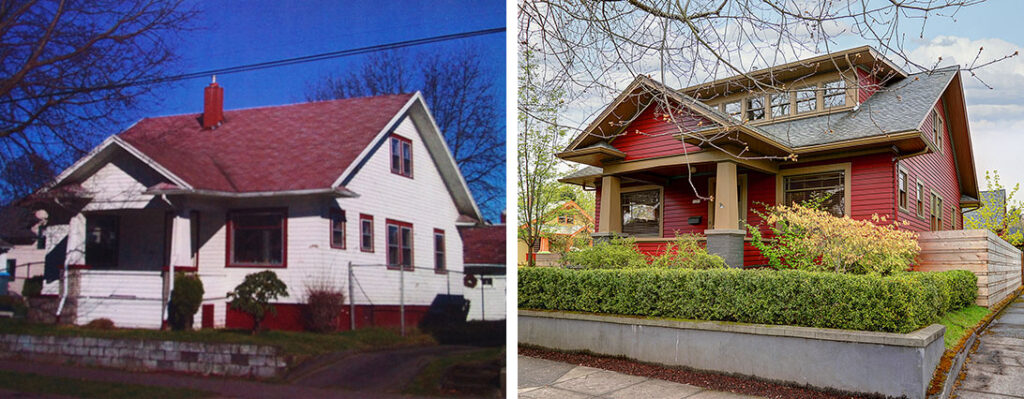
While it was dated, it had never been ruined. So renovation work was a process of renewal rather than undoing someone else’s mess. We added a dormer and bathroom upstairs and restored all the windows and millwork throughout the house. We renovated the kitchen, and in the end, the entire first floor. We sold it 12 years later for over twice the amount we paid for it. And, we sold it to the first person who walked inside before it was even officially listed. We have to call that a real estate steal!
A ranch with great bones in an amazing location—to buy or not to buy?
The second house Adam and I purchased was a 1954 ranch. Again, we saw the potential the first time we visited. I really didn’t want to start over with another fixer-upper, but after we saw it, Adam said, “Lis, we HAVE to buy that thing.”
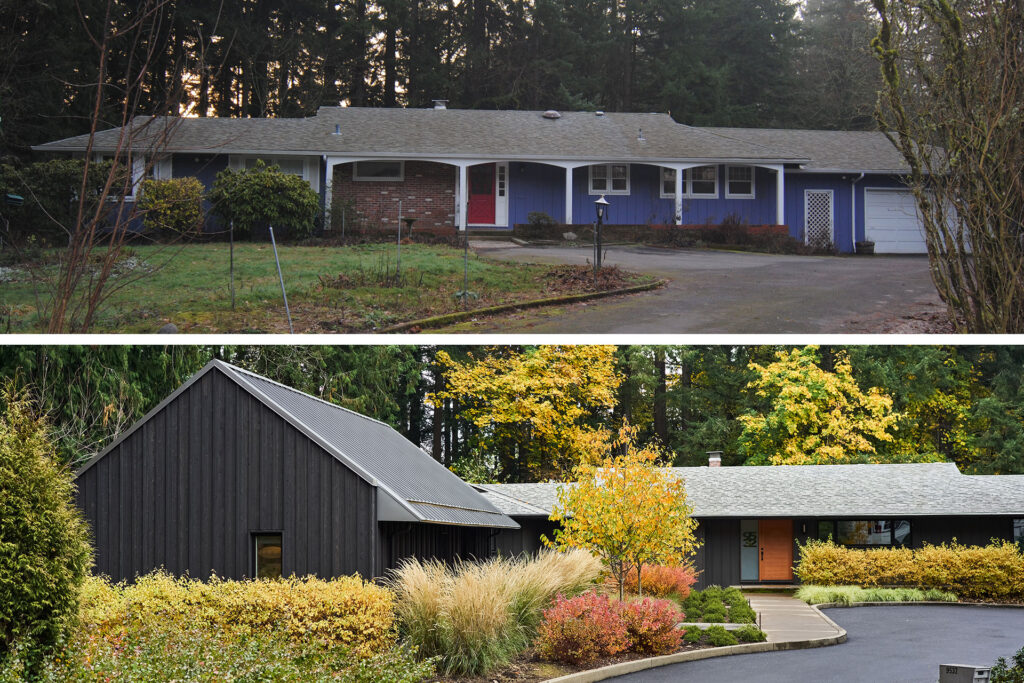
The house had great bones and a good layout, which we recognized the minute we walked in the door. We made very few changes to the plan since the original design was almost perfect. But we did do a full cosmetic renovation to both the inside and outside. From the amazing location to the good bones, this was another real estate steal we just couldn’t pass up.
A mess of additions—to buy or not to buy?
As architects, we can see the potential where others can’t. Just like the homes we purchased for ourselves, we want to help others find real estate steals that can be transformed into their perfect home. Such was the case with the Little Prescott House. The original structure was a 1900s cabin that had been added onto six times. It was a mess of additions—a real architectural trainwreck. In fact, the owners used to get ten letters a week from developers offering to buy it. (…so they could tear it down and start over themselves.) Learn how we deconstructed this 1,320-sq.ft. house and made it a 1,145-sq.ft. home sweet home.
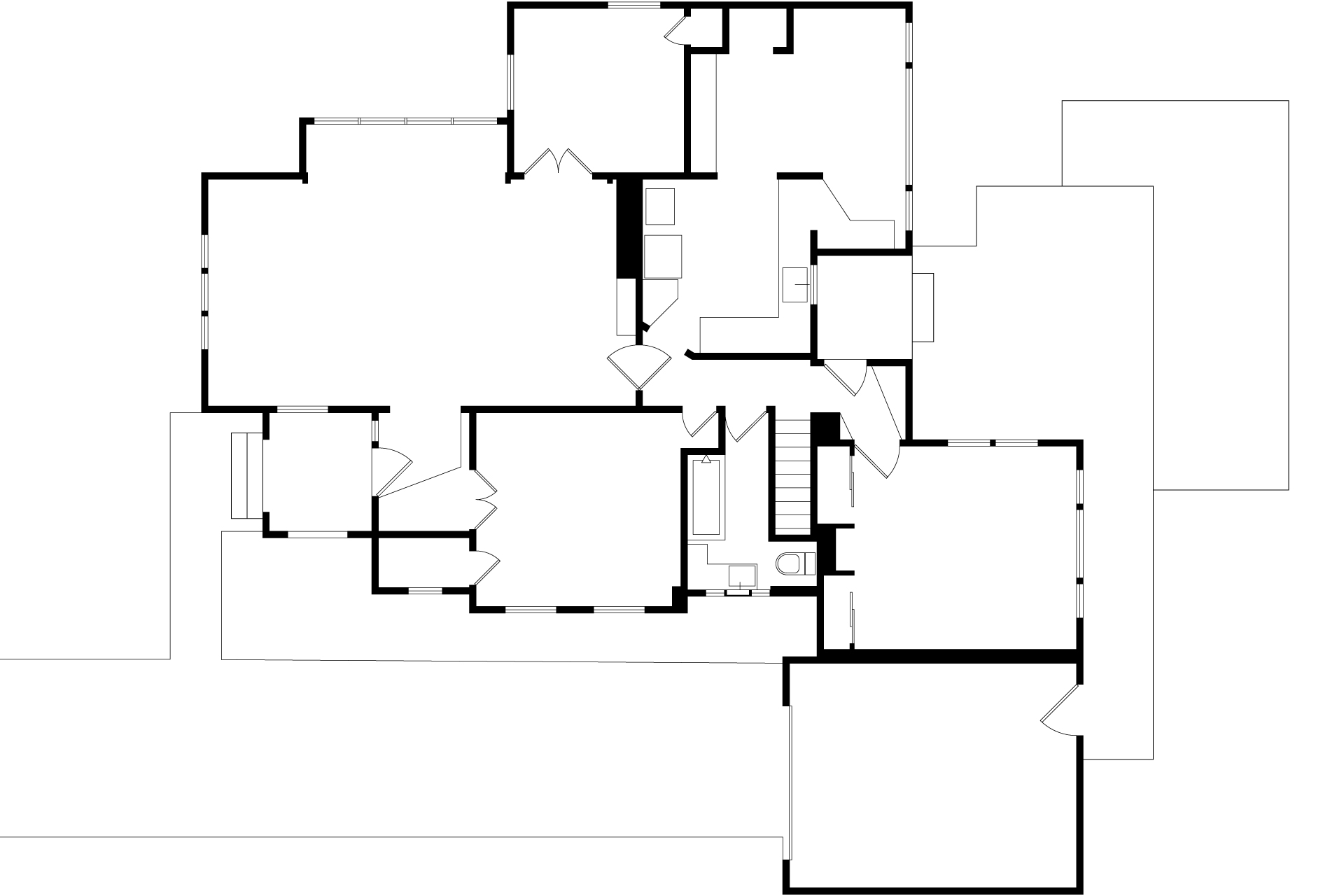
There is a Craftsman in there somewhere—to buy or not to buy?
And when it comes to a home with good bones, check out the story of the Laurelhurst Craftsman. We definitely saw the potential here. We worked with the homeowners to come up with a multi-phased plan to suit their lifestyle and budget. We completed three projects over the span of five years and restored the charm and character of this Craftsman gem.
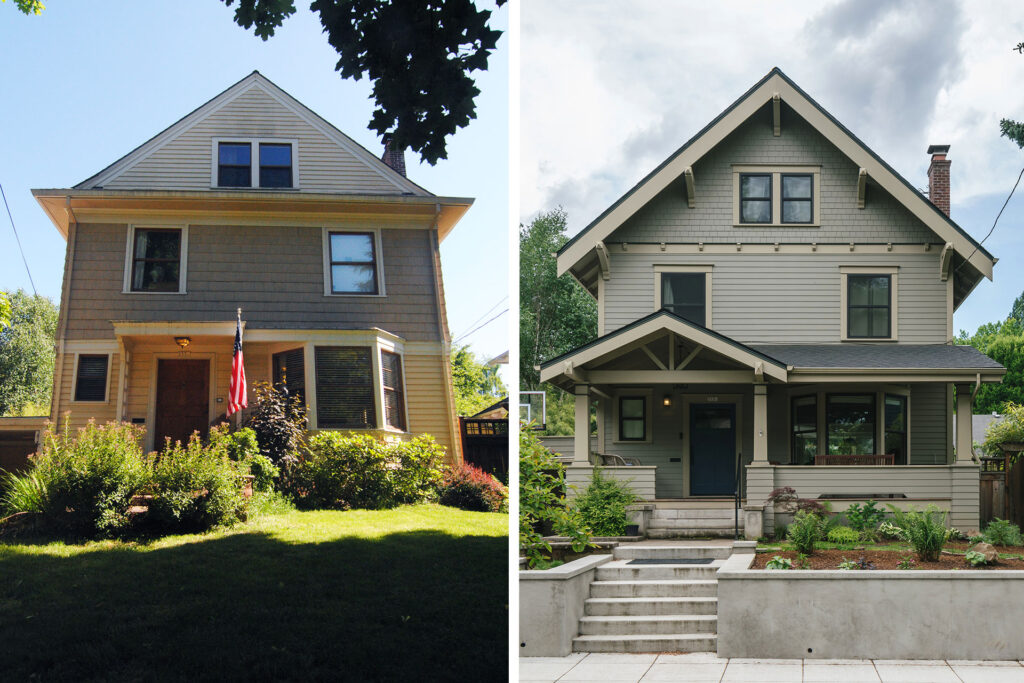
Ready to decide whether to buy or not to buy?
Buying a home is a big decision and a serious financial commitment. You may fall in love at first sight but be blind to the design challenges and additional costs ahead. Or you just can’t see past an aged façade and chaotic interior to know it is a home with good bones. Enlisting an architect’s services before making this buying decision can help you save time, money, and a lot of headaches.
If you are you having a hard time deciding whether to buy or not to buy, we would love to take a look. Let us help you make a final decision.
